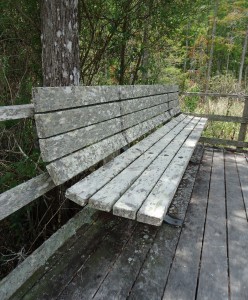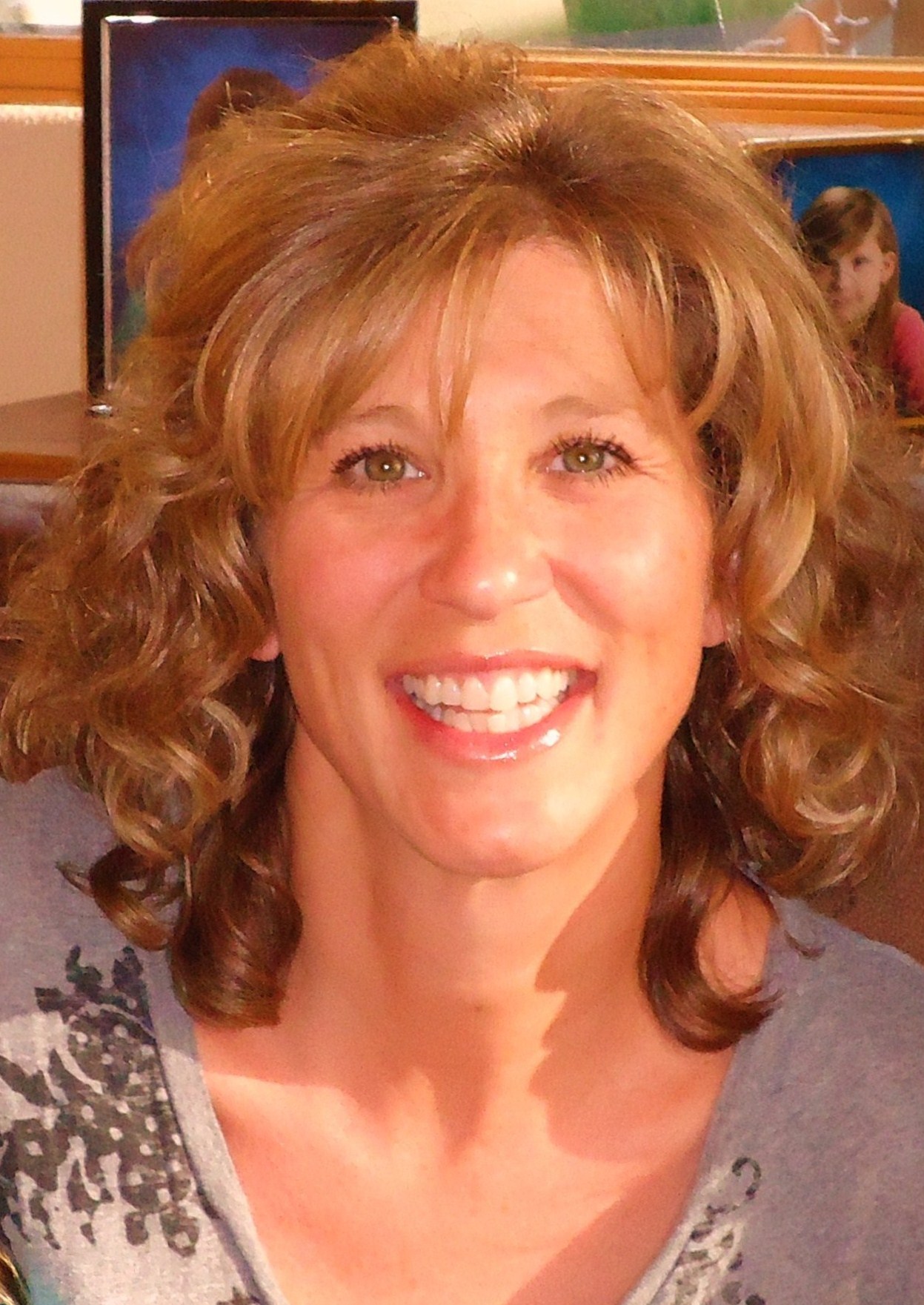About 8 months ago, our youngest daughter came down with a mysterious illness. At first it seemed like the stomach flu, but she grew sicker and sicker, lost weight, couldn’t eat, and never got better, only worse. Eventually she ended up in the hospital. Spent most of February there, then part of March. She couldn’t eat at all. For a few weeks she was on IV feedings, which means she had a PICC line, a catheter that snaked up her arm to just above her heart. It’s scary to see your child with tubes sticking out of her arm, even if you know it’s what’s keeping her alive, but worse to witness the necessary and excruciating scrubbing of said site.
A different kind of scary is when test after test, most of them repeats, comes back negative. Always negative. On the one hand you are so relieved it’s not the worst case scenario; on the other hand, it’s exhausting to still not know why your child is so sick. And subjecting her to test after test, some of them requiring anesthesia and biopsies…it’s a lot for a 10 year old to endure. If you could trade places, you would in a heartbeat. Instead all you can do is research, try to find an answer as fast as you can.
For months I spent hours every day, often more in the middle of the night, researching every odd and rare digestive ailment known to humankind. Imagining—or worse, guessing—is a different kind of stress than not knowing. Eventually I felt like I had as much info to go as any of the doctors we were constantly visiting to beg for help. We learned that medicine is an art as much as a science, and often even the most empirical guesses are nothing more than guesses. Trial and error. Failure is heart-wrenching to a patient and her family but nothing more than data to some doctors—so we also learned who not to waste our time with. Luckily we were blessed with a pediatrician and then a GI specialist who are devoted, brilliant, and work well together.
In the meantime I completed applications to have her seen at specialty clinics across the U.S., which involved getting all her records to the right people, then learning how to wait. And wait. Pediatric medicine often requires different tests, specialty equipment, unique studies and, of course, overbooked specialists. My desperate search for answers turned into this artful groveling to try to speed her through the review process. Along the way I met mothers with kids who were even sicker. Some were in recovery and offered me great advice, even though I was a complete (unabashed) stranger begging for help. Others were now accustomed to the daily mix of struggle and triumph that raising a chronically ill child entails. All of them were incredibly brave, fiercely intelligent, and committed to their children in ways that people with healthy children can’t fathom. They have my undying respect and gratitude, and remain in my prayers.
In February our daughter tested positive, despite earlier negative results, for C. difficile, a nasty bacterial gut infection that produces toxins that can be fatal for seniors and are miserable for everyone. That diagnosis finally explained why she felt and looked like she was being slowly, more intensely poisoned. She was being poisoned, by those toxins, and it had likely been going on for months. It did not explain everything, however, including her primary illness.
The C. diff. detour was a three-week crawl through a swamp of misery—and that was just the treatment part. Meanwhile we diagnosed her with Postural Orthostatic Tachycardia Syndrome, or POTS, and we only figured that out because of a slideshow someone happened to send my husband. Thank God for that small but resonant miracle! POTS is something she may live with into her 20s or later, but it’s treatable with minimal medication and rather easy to manage.
Eventually our daughter learned to eat again, but only after being on a nasal-jejunal feeding tube for 6 weeks. It was a slow, frustrating process, but we are among the very very lucky. Today, our best guess is that a wicked virus attacked her autonomic nervous system and messed up her blood flow and digestive function but good. We have finally been accepted to be seen at the Mayo Clinic’s Pediatric Diagnostic Clinic, but the wait list is 9-12 months. Yes, you read that right: MONTHS.
For about a month she was doing great, eating anything and everything and holding steady. Lately she has become sick again, and we are desperate to get back to an equilibrium with the medicine, the exercise, and whatever serendipitous coincidence aligned the stars for her. In the meantime, we wait for a workup at Mayo.
Through the roughest part of this journey, I found I could not write at all. It was too intense to process on paper—and most days were an all-hands-on-deck experience. But just recently I realized I had written a lot during this trying time—email updates to family and friends and a medical narrative I created to plead our case to faceless medical review teams.
Now that she is moving forward, the overwhelming emotion is gratitude. God blessed us with so many kind helpers, gentle mercies, and nick-of-time miracles, it was truly humbling. So many people prayed for us and came to our aid…I can’t begin to express it. But something else happened. While everyone, including our daughter, was embracing her recovery, I was quietly falling apart.
To be continued….




“Human experience weighs more than human tissue.” Augusten Burroughs
Falling apart is not always the worst thing. Most times I have been put back together better than I was before I fell apart.
I love you,
Karla
Ah, Ms. Karla, did you sneak a peek at Part 2? Stay tuned….
Read, ‘heard,’ & felt, & appreciated.